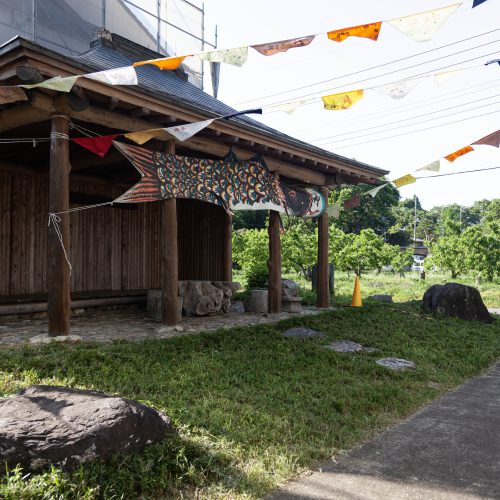ExhibitionFinished
Date : Jul. 20 - Oct. 14, 2024
Kan Ryohei – Based on a True Story
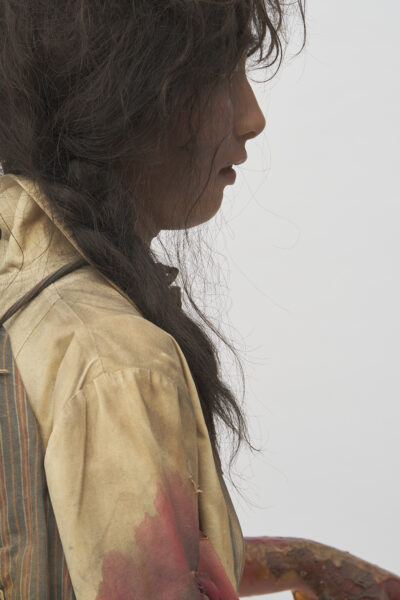
Kan Ryohei is an artist known primarily for his works that take museum and gallery exhibition spaces as their main subject. Kan, who has been pursuing the theme of “void,” has spent time in Germany since 2013 and has developed an interest in the evolution and lineage of void representations in postwar Western art history, which use blank spaces to signify the tragedies and loss caused by the world wars.
Kan moved to Hiroshima in 2020 and turned his attention to the responses to the world wars in Asian postwar art history, bearing in mind the historic nature of Hiroshima as the first city in the world to be targeted with an atomic bomb. In 2021, he began to work on a painting, K 15-30D, using the paint used in the fifth conservation work of the Atomic Bomb Dome. Kan pursues current possibilities for the art of remembrance concerning the issue of historical inheritance in the postwar period.
This exhibition will present a research project that Kan has been working on since 2023, revolving around the mannequins depicting A-bomb victims in Peace Memorial Museum’s collection. The A-bomb victim mannequins are three life-size plastic figures — an adult woman, a female student, and a boy — that were displayed in the museum from 1991 to 2017 as part of a diorama that reproduced the city burnt to ashes by the atomic bombing.
These mannequins, displayed near the beginning of the main exhibit and accompanied by a large diorama set and dramatic lighting, provided a dynamic spectacle. It is fair to say that they had a strong influence on the way people formed their impression of the atomic bomb by striking visitors to the Peace Memorial Museum with images of the devastating power of the atomic bomb on humans and cities.
The renovation of the main and east wings of Peace Memorial Museum in 2019, following a four and a half years of construction since 2014, included a major overhaul of the content and methods of the exhibits. In 2010, the city of Hiroshima formulated the “Basic Plan for the Hiroshima Peace Memorial Museum Display,” which indicated that the diorama and mannequins would be removed from the exhibition hall.
As a result, the plan developed into a controversial debate between citizens and experts after 2013, which could be called “the A-bomb mannequins controversy.” In the end, in view of the aging and decreasing number of living A-bomb survivors, it was decided in 2017 that this diorama and the mannequins would be completely removed, based on the policy to express the realities of the atomic bombing with the use of original materials.
These mannequins drew much public attention, but the process of making them is still unclear, nor was it possible to observe the details in the diorama exhibit, which portrayed the burning flames. Intrigued by the background and developments of this exhibit, Kan decided to research the mannequins, now stored at the museum. Kan asked experts in the field of cultural property conservation and restoration for their cooperation and attempted to clarify the origins of the surface, interior, structure, composition, etc. of the target objects.
Kan is also observing the contrast between the A-bomb victim mannequins and the Hiroshima Panels by Maruki Iri and Toshi. The Hiroshima Panels depict A-bomb survivors in almost life-size, with their skin peeled off after being burned all over, just as the A-bomb victim mannequins did, in an attempt to express the pain of real human beings.
The Hiroshima Panels have also been the subject of controversy, with some arguing that the horrific scenes of the A-bomb damage were not comparable to the paintings, while others affirming the achievements of the paintings in conveying the damage caused by the atomic bombing, just as those in favor and against the removal of the A-bomb victim mannequins argued.
The title of this exhibition, “Based on a True Story,” is a phrase often used at the beginning of a film, TV drama, or book. While this phrase has the effect of evoking sympathy for the work within the audiences and readers, it also contains ambiguity as to how much of the story is based on fact and how much is adaptation.
Wars often inflict unimaginable and overwhelming violence on people. What is the relationship between “documentation” and “fiction” in passing on the memory of such historical disconnection and death? Should these methodologies be divided into superior and inferior?
Kan has been questioning the possibilities of representation. Through his work that confronts the A-bomb victim mannequins, he intends to offer an opportunity for people to reconsider the method of historical inheritance.
Note: This exhibition does not display the actual A-bomb victim mannequins.
Supported by a grant from Nomura Foundation
Sponsored by Color Science Labo inc.
Under the auspices of German Academic Exchange Service (DAAD)

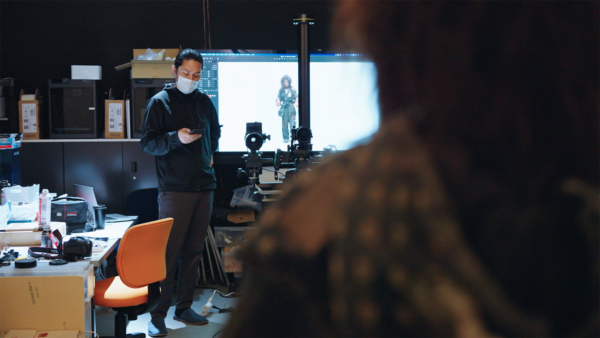
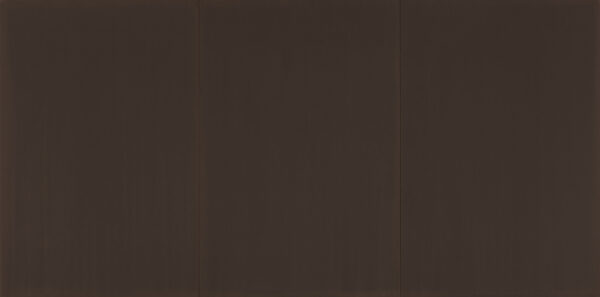
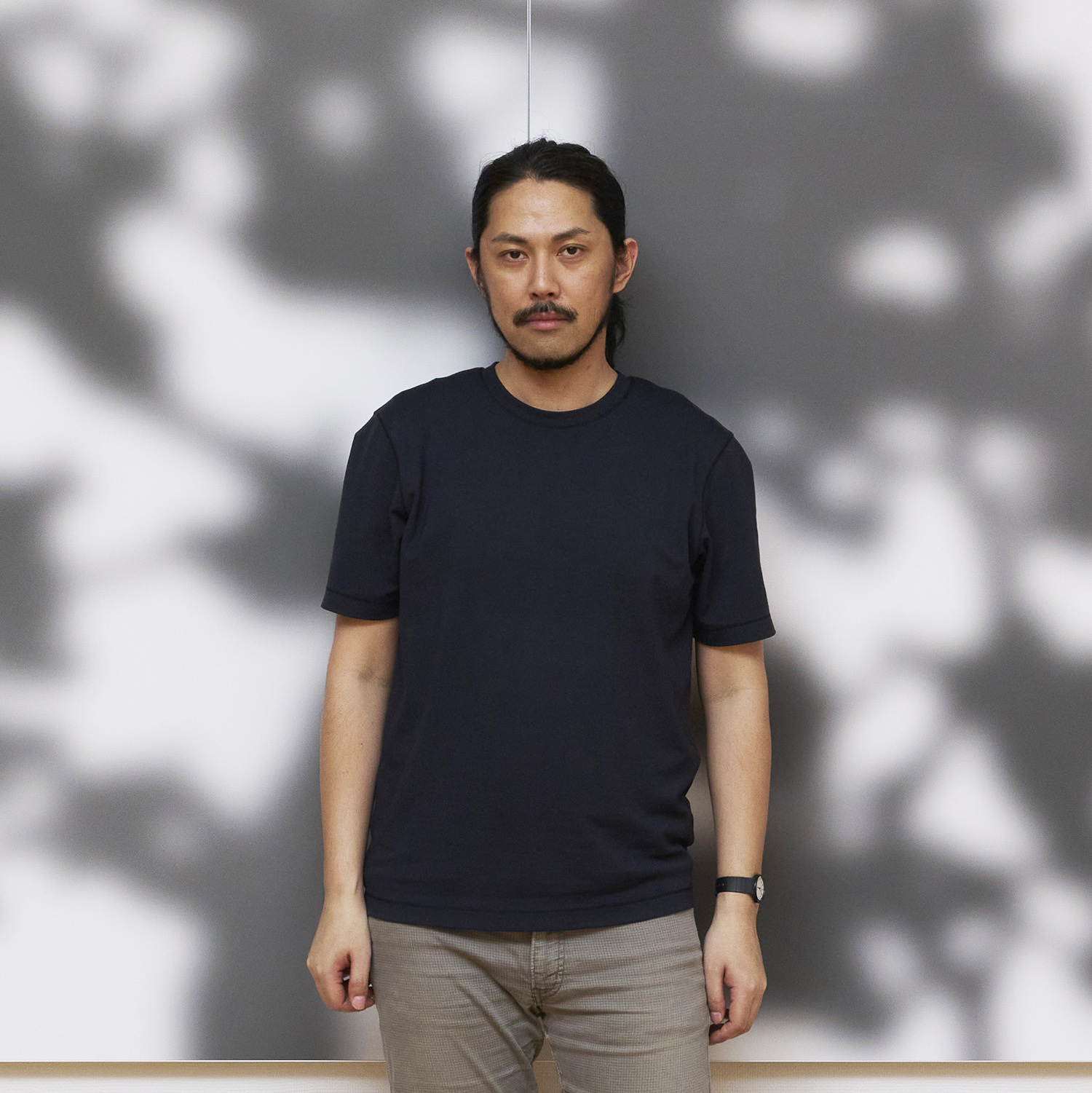 KAN Ryohei
KAN Ryohei
Born in Ehime, Japan, in 1983, Kan completed his doctorate in Fine Arts at Tokyo University of the Arts in 2016. Based on his ideas surrounding “void,” he works across a variety of media to create artworks and art projects, and presents them both domestically and internationally.
Artist’s Website: https://ryoheikan.com
Photo: Kensuke Hashimoto
Please refer to Japanese website for talk event details.


